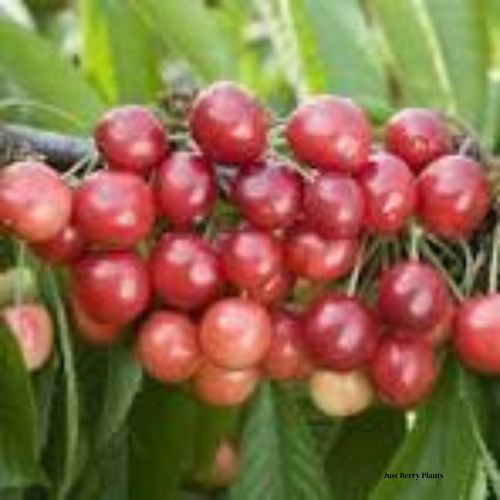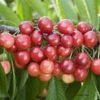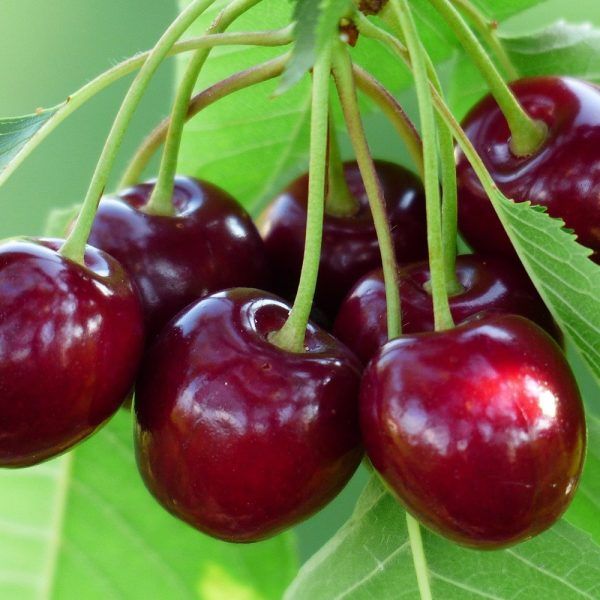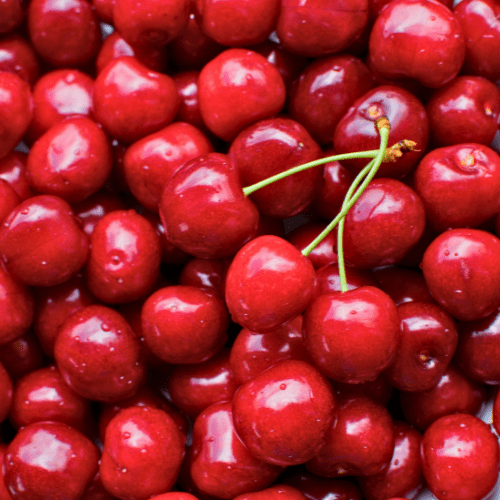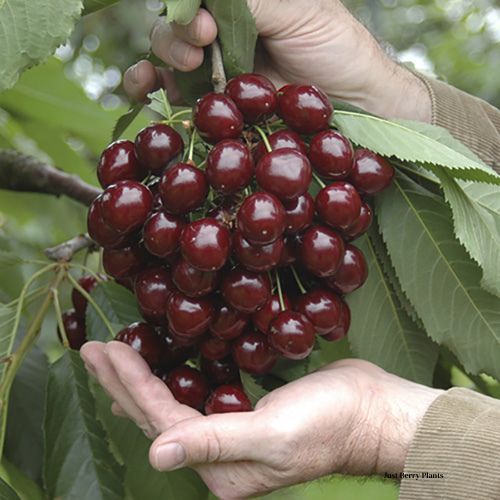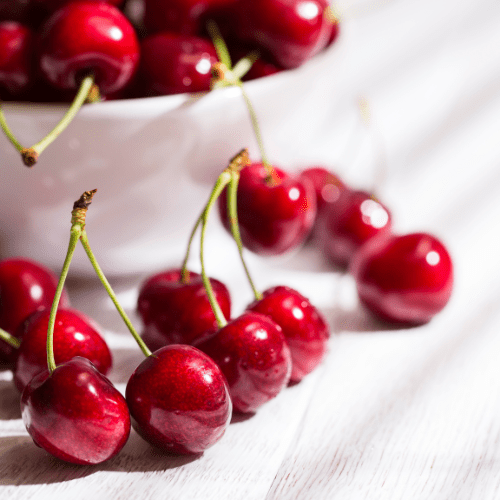Position
Choose a sunny spot with full sun exposure. Cherries need at least 6-8 hours of direct sunlight daily. Space about 4-6 m from other trees for their mature size and to improve air circulation around the tree. Requires cold winters (chill hours) but is relatively hardy.
In colder climates, protect the tree by applying mulch around its base and covering it with frost cloth if necessary.
Soil
The best soil for cherry trees is well-drained, fertile, and slightly acidic. It should be loose and efficiently worked, and ideally, it should be deep to allow for good root development.
Add organic matter, such as compost, to enhance soil drainage and maintain a good soil structure that supports root development. Adding half a bag of our Volcanic Rock Dust (R25 per bag) and a bag of Superfrass (R25 per bag) will assist in rapid growth. They also protect the roots from insects.
Watering
Newly planted trees require consistent watering, but the soil should not be overly wet. Water deeply once a week, allowing the top few inches of soil to dry out between waterings.
Once established, water the top 1-2 inches of soil when it feels dry to the touch. Reduce frequency during cooler months. Over-watering can lead to root rot.
Mulching
Add a thick layer of pine bark mulch, keeping it approximately 5 cm thick, away from the tree trunk (any closer may cause excess moisture and damage the trunk). This mulch helps retain moisture in the soil, prevents weed growth, and provides a protective layer for the roots.
Fertilising
Apply one teaspoon every 4-5 months of our slow-release, nitrogen-rich all-purpose fertiliser. The roots will absorb what they require.
Pruning
Prune the tree to maintain a manageable size and shape. Remove dead or diseased branches to improve air circulation, reduce the risk of disease, and promote better fruit production.
Prune in late winter or early spring, before new growth begins. Light summer pruning can help manage growth and improve fruit quality.
Pests and Diseases
Watch for common pests such as aphids and scale insects. Regular inspection and appropriate pest control measures can help manage these issues.
Be mindful of fungal diseases, such as anthracnose and root rot. To reduce disease risk, ensure good air circulation, and avoid overwatering. Cherry trees can be susceptible to fungal diseases, including rust and leaf spots.
Agricultural Neem Oil or Effective Microorganisms (EM Control) will assist in either prevention or after the fact. If you already have aphids or mites, wash the tree with a harsh hosing, and when dry, spray with Neem oil or EM Control.
Harvesting
Harvesting should occur when the cherries are fully colored and slightly soft to the touch, as they will not continue to ripen after being picked.

